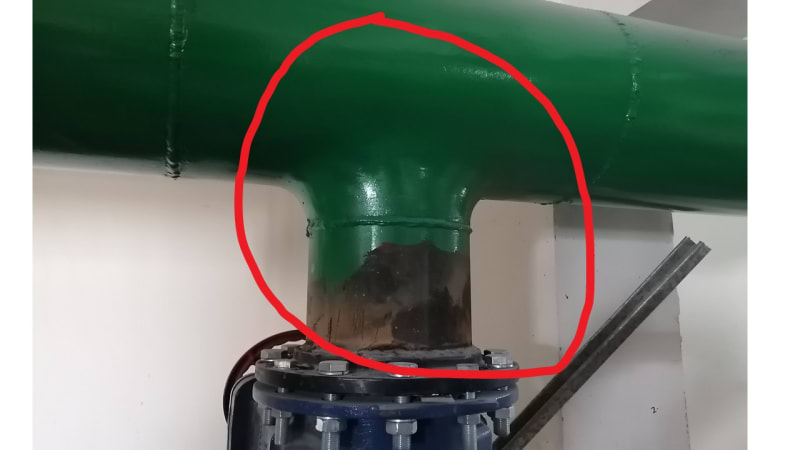moideen
Mechanical
- May 9, 2006
- 359
please look to condenser pump discharge into discharge header. is this correct?? is there need a curve on red marked area?


Follow along with the video below to see how to install our site as a web app on your home screen.
Note: This feature may not be available in some browsers.
